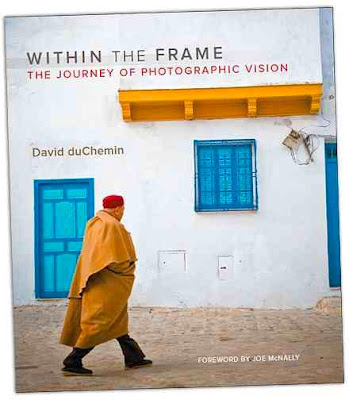Varanasi, India : Holy Waters - Images by Brent Foster
Brent Foster is a photojournalist producing still, video, and multimedia content who is based in Delhi, India since January 2009. He was a staff visual journalist for the Los Angeles Times before deciding to give freelancing a try.
Not content in being an accomplished photographer and multimedia producer, Brent also authors an interesting bog titled Visual Journalist. The above slideshow is of his photographs made during a few days spent in Varanasi. You may want to view the photographs in the large screen format.
I wish it'd had some audio!
My own gallery of Varanasi photographs is City of Shiva







 05:58
05:58
 thieu,doan
thieu,doan

 Posted in:
Posted in: 















































